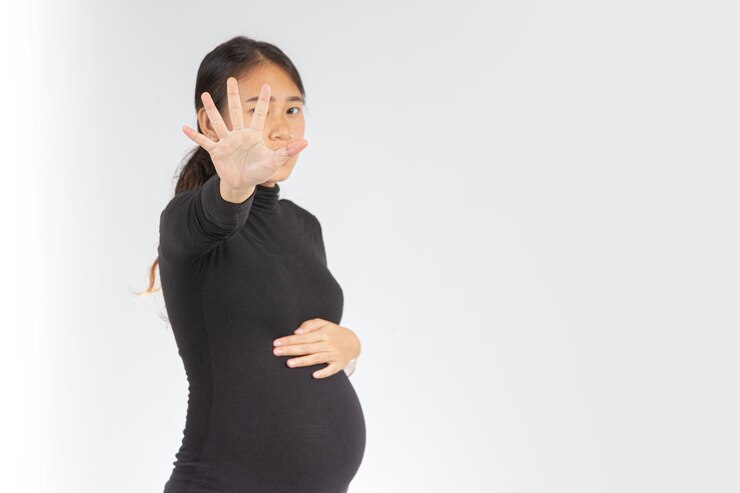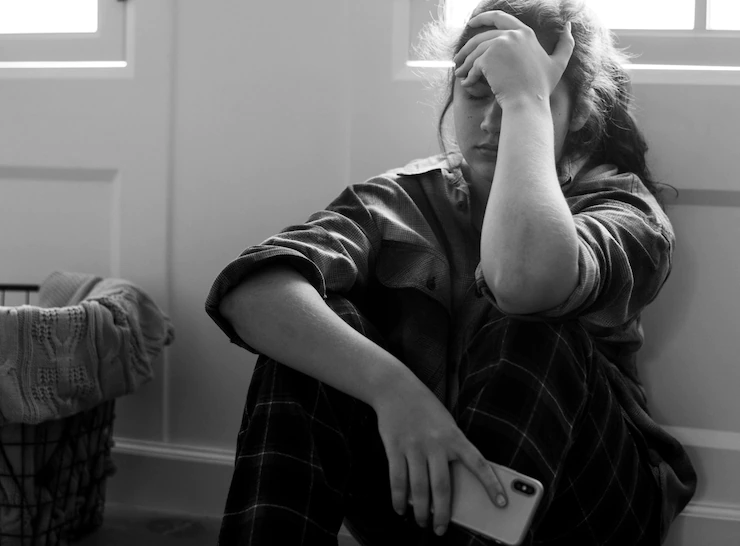Postpartum Depression: Therapy Options for This Condition
After getting a baby, most women experience sadness in the first few days of giving birth. If those feelings persist beyond three weeks or get worse, characterized by severe mood swings, you can be experiencing a sign of postpartum depression.
So, What Is Postpartum Depression?
PPD (postpartum depression) is a kind of depression that happens after a mother gives birth. The condition doesn’t just impact a birthing person. It may also affect adopting parents and surrogates.

The affected people usually experience social, financial, emotional, physical, and hormonal changes after getting a baby. Those changes may result in symptoms of postpartum depression.
If you have this kind of condition, know that you aren’t alone. Your healthcare provider and Essential Care behavioral health services may help you feel better by managing your symptoms.
Causes
Similar to other kinds of depression, postpartum depression remains a complex disorder caused by different factors. While there is not just one cause of postpartum depression, there are two main factors, which make the condition differently, and this doesn’t apply to other kinds of depression. These two factors include:

- Lifestyle changes
- Hormonal changes
Symptoms of PPD
Many individuals with the condition feel fatigued, moody, empty, or sad within several days of having a baby. At times, it is given the name ‘baby blues.’
However, PPD goes beyond this, lasting for many weeks after giving birth. Its symptoms might be severe and interfere with your capability to work better.

Symptoms of PPD also vary from one individual to another. Although symptoms may develop any time after giving birth, they usually start within two or three weeks of getting a baby.
Getting Help You Need
Postpartum depression is extremely distressing and scary for mothers and their loved ones alike. However, the good news is that after diagnosing the condition, it can be treated. In general, you may treat it with different types of therapy, like:

1. CBT (cognitive behavioral therapy)
This is among the most used therapy options for treating anxiety and different kinds of depression, including PPD. Talking to a therapist means you will learn several ways of treating the condition and know how to respond to stressful or difficult situations that may help you break out of behaviors.
2. ECT (electroconvulsive therapy)
If your PPD is serious and you start experiencing postpartum psychosis, electroconvulsive therapy can be suitable, especially when symptoms don’t respond to medications. The procedure involves passing small electrical currents through the patient’s brain to trigger a brain seizure.
3. IPT (interpersonal psychotherapy)
IPT is thought to be among the most effective therapy options for treating this condition. An interpersonal psychotherapist tends to be active and direct in the therapy, and the expert can give insight into the sources of helping moms with distress. This therapy is based on the premise that the procedure is rooted in four major problem areas, including:
- Interpersonal deficits
- Interpersonal disputes
- Role transitions
- Grief
Concluding Remarks!
Regardless of the fact that PPD has been known for many years, most professionals believe that you can treat the condition through several therapy options. Whether it is through CBT, IPT, or ECT, it is important to discuss with your healthcare provider to know what suits you best.
Additionals:
- What Are the Adverse Effects of Depression Treatment
- Why Headspace? Features, Pros, Cons, And More [Updated 2022]
- What Is Bipolar Disorder? Symptoms, Treatment, And Prevention
- What Are Brain Disorders? Symptoms, Treatment, And Prevention



